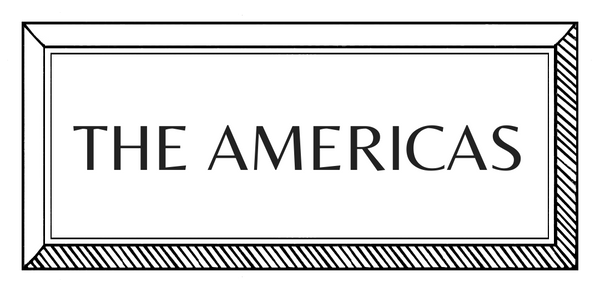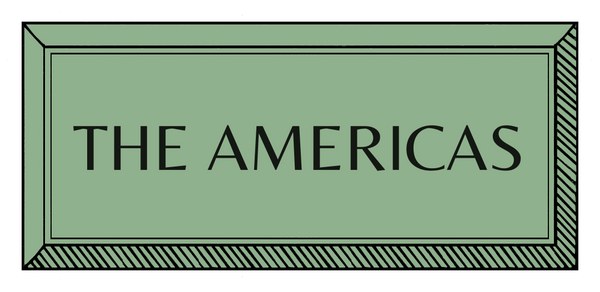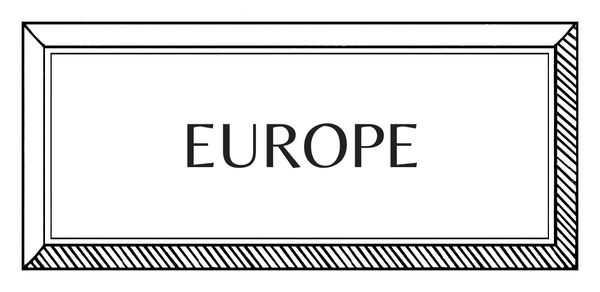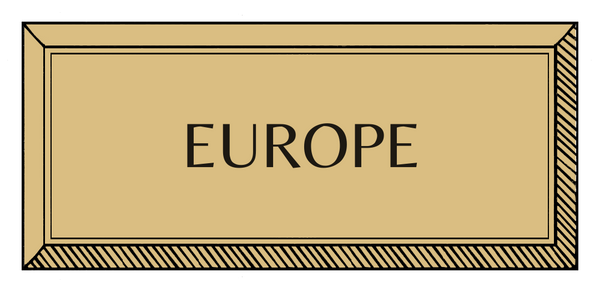MAKERS | EUROPE | ITALY | GLASSWARE
Lilla Tabasso | Glass Artist

Italian glass artist Lilla Tabasso is known for her exquisite floral sculptures that blend artistic mastery with deep symbolism. Born into a family of artists and antiquarians, Tabasso's passion for glass was ignited by childhood visits to Venetian master Bruno Amadi. Self-taught, she honed her craft over years of solitary practice, eventually earning the respect of the Murano glassmakers. Inspired by the fragility and transience of nature, her work reflects themes of imperfection and endurance, with nature's flowers as her leading muse.
How did you begin?
"I discovered glass 20 years ago, and it was a revelation. Obviously there had been precedents before the passion materialized into a job, and in retrospect I can trace them. I come from a family of artists and antiquarians, and I remember that when I was a child, my father used to take me to Bruno Amadi, the famous Venetian master, to buy tiny glass crabs and cuttlefish, which enchanted me.
"As an adult, I became fond of certain naive art objects (often called 'crowns'), produced mainly in France by cloistered nuns as religious ornaments and decorations for village festivals. They were made from glass beads, and I started collecting them. Perhaps inspired by them, I started going to Murano to buy beads and assemble jewellery, and so it began."

How did you learn?
"It was a very hard path, almost entirely self-taught. The right place for an apprenticeship would have been Venice, but my family was in Milan, and I could not move. Also, it was no surprise to me to realize that the craftsmen of Murano are a restricted guild, suspicious of newcomers. In addition, glass art is a physically demanding job, hence the skepticism that it was suitable for a woman.
"To learn, I took an initial four-hour lesson with a master from Murano, then began practicing alone for hours on end. Five years later, I had another lesson, which was actually a kind of interrogation: I kept asking the master how I could achieve a certain effect or a certain color. After years of solitary labor, obtaining recognition from the craftsmen of Murano was a huge satisfaction. As if to apologize, they told me that, at first, they were convinced it was an artistic hobby for me, and they had not understood the dedication I was putting into it."
How do you plan, prepare and create?
"In order to create a successful illusion, I must have a very clear visual reference, so it is essential to find photographs that highlight well the 'anatomy' of the flower even in the smallest details. When I can get hold of the real specimen, even better. Then I work with glass cannulas and flame, like any other Murano craftsman... with the exception that I don't have a foundry and I occupy a very small space!
"Another crucial step that tends to be underestimated is the packing for transport: it took me a while to realize that the best method is to have the individual components of my bouquets travel separate from each other, placed in sand boxes. In the case of larger artworks, I travel together with them so that they can be reassembled once they reach their destination."

What does a typical day look like?
It seems unbelievable, but I used to work in my bedroom: my daughters were small, and I worked while they slept, so I organized myself to do everything within the walls of the house. I dream of one day having an atelier inside a greenhouse, immersed in a forest, completely surrounded by nature... It would have to be an old greenhouse, say early 20th century, made of wrought iron.
Who or what most influences your work?
"The starting point of the actual work is always the flower - real flowers, never invented. However, it is never the flower or the plant per se that inspires me to start a work, but rather abstract concepts: transience, the imperfect, death. I have done a series of works with pieces of concrete: it always moves me when I see flowers growing on cracks in the sidewalk or from cracks in the stone. I find it a sublime metaphor for endurance and tenacity."
One more thing... A Place or space that really inspires you, anywhere in the world?
"When I visited the Harvard Botanical Museum, I cried. It was incredible. I was travelling with my daughters, but I couldn't tear myself away. I went back again and again. There, in fact, the work of Leopold and Rudolf Blaschka is kept, which I previously only knew from photos in an old catalogue. They were glass craftsmen originally from Dresden and made more than 4,000 specimens of extraordinary verisimilitude in the late 19th century.
"They were a thunderbolt: I realized that technically I had to reach the same level as them. In those days, their creations were checked under the microscope to make sure they reproduced every detail correctly. I did not need to be so 'scientifically accurate,' but I aspired to the same mastery of the matter."

Interview by Sara Pierdonà
Images from Lilla Tabasso










































